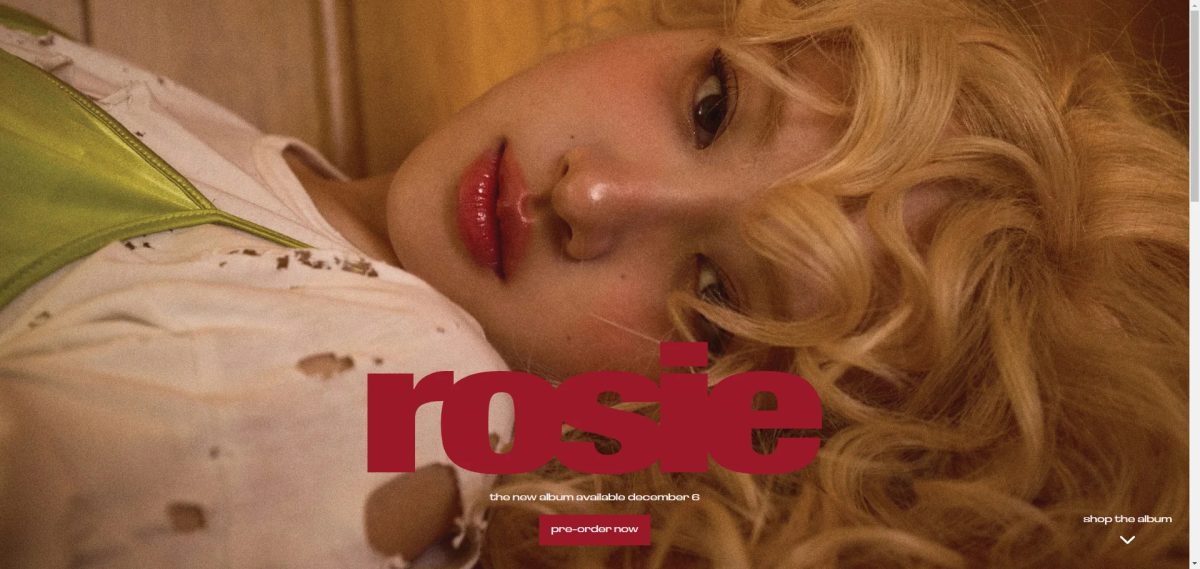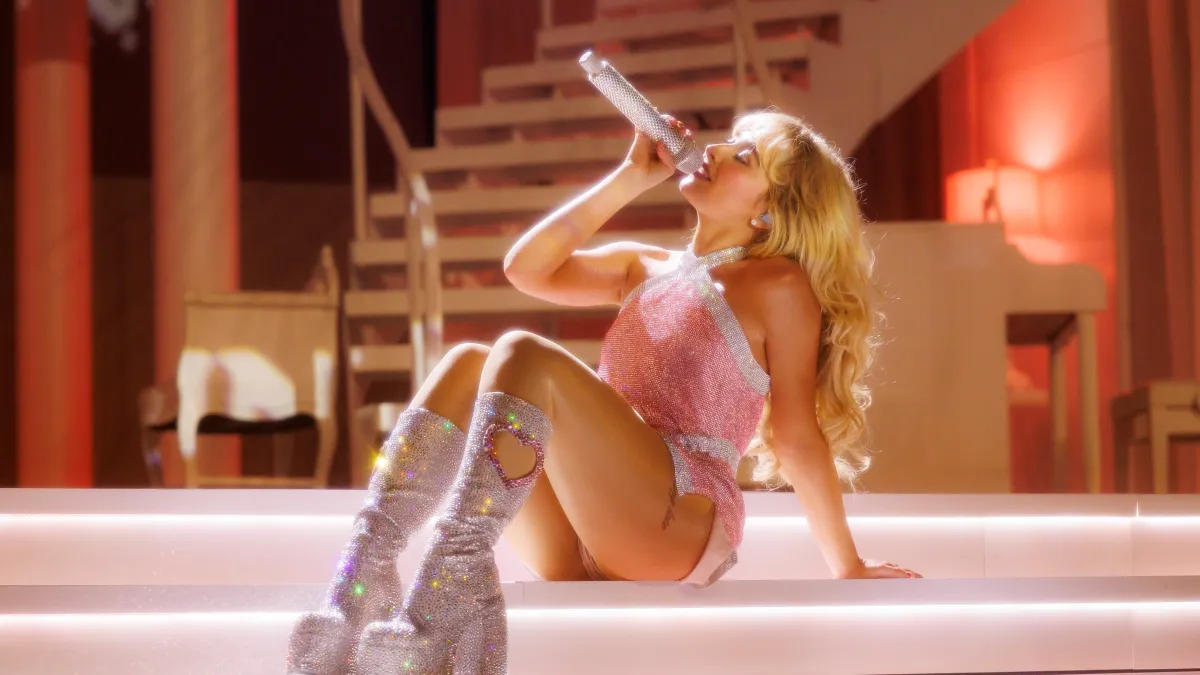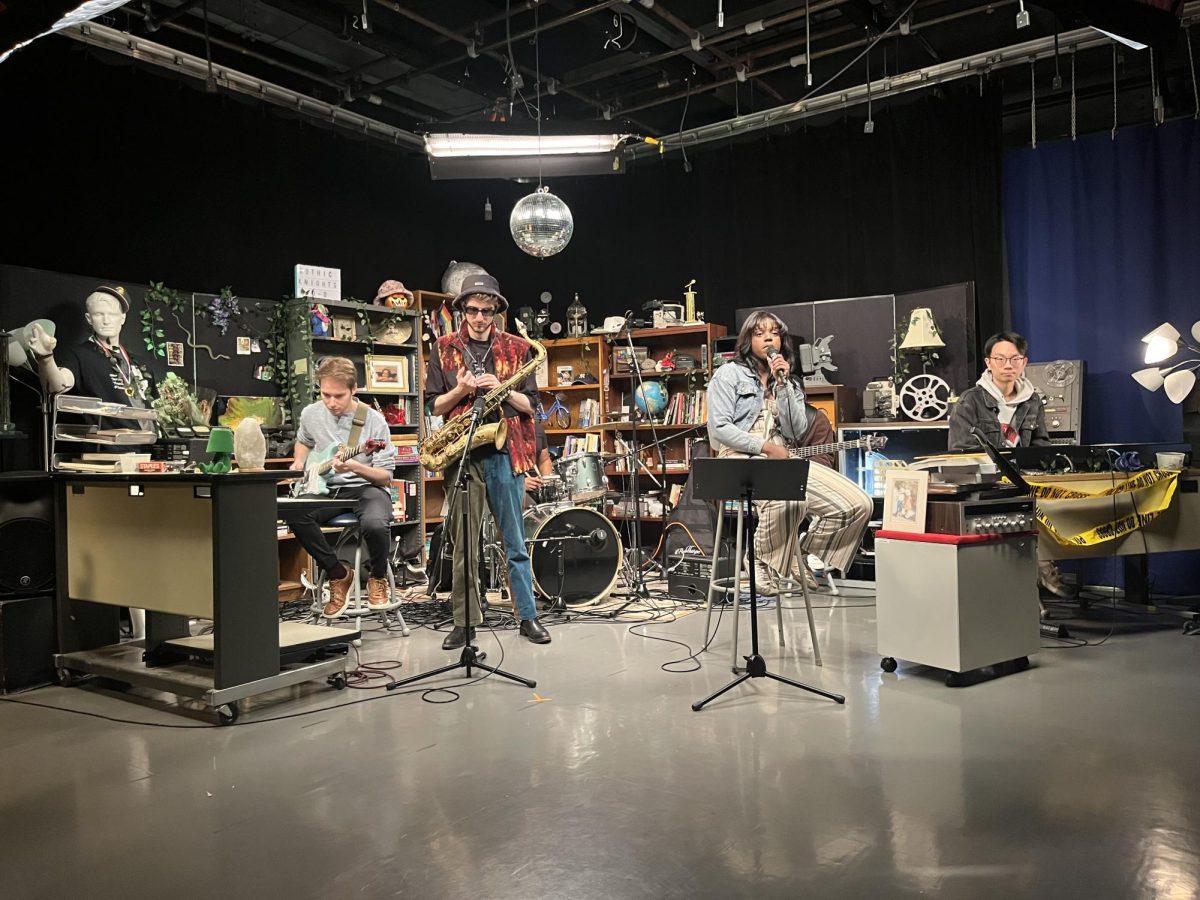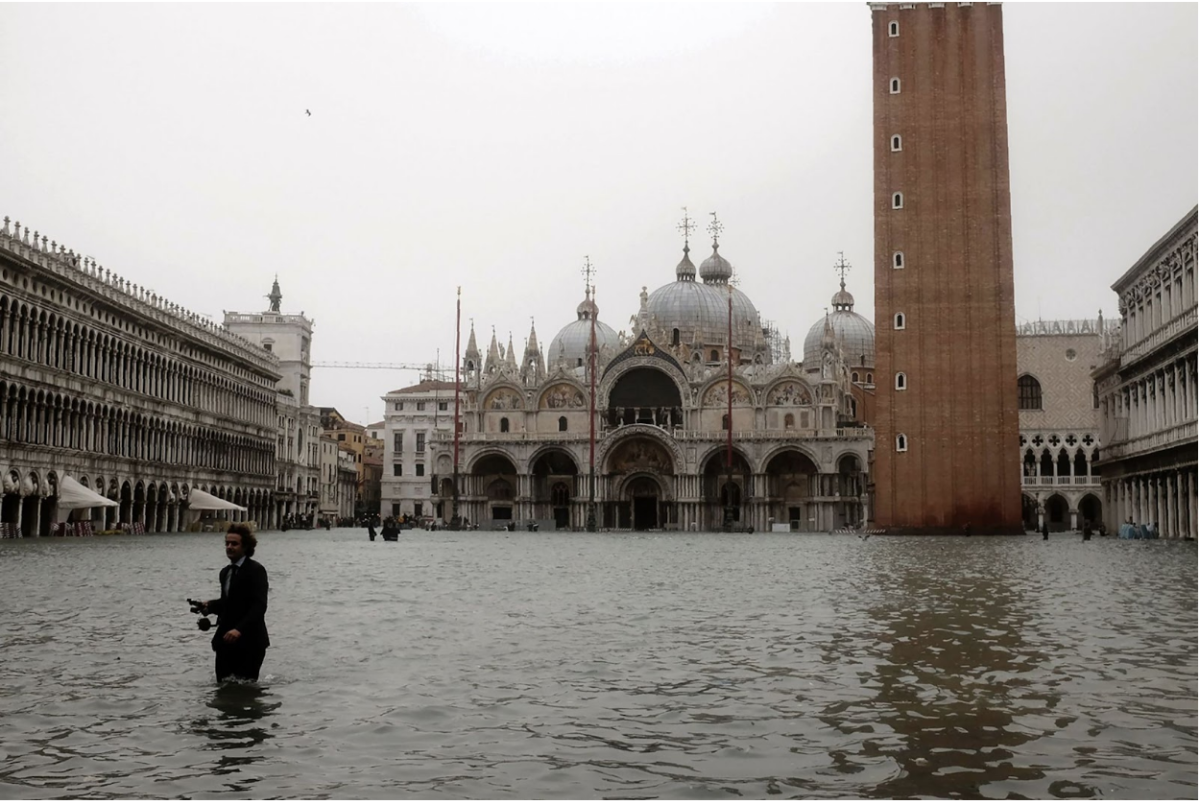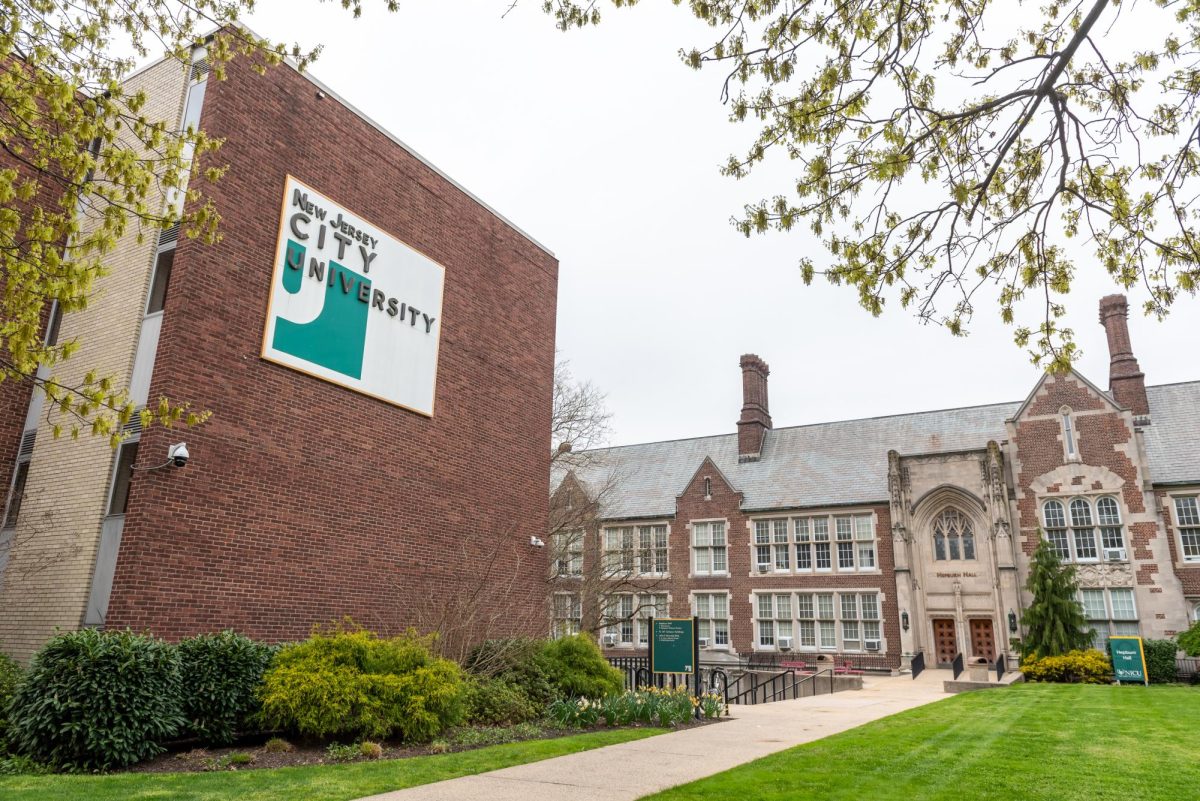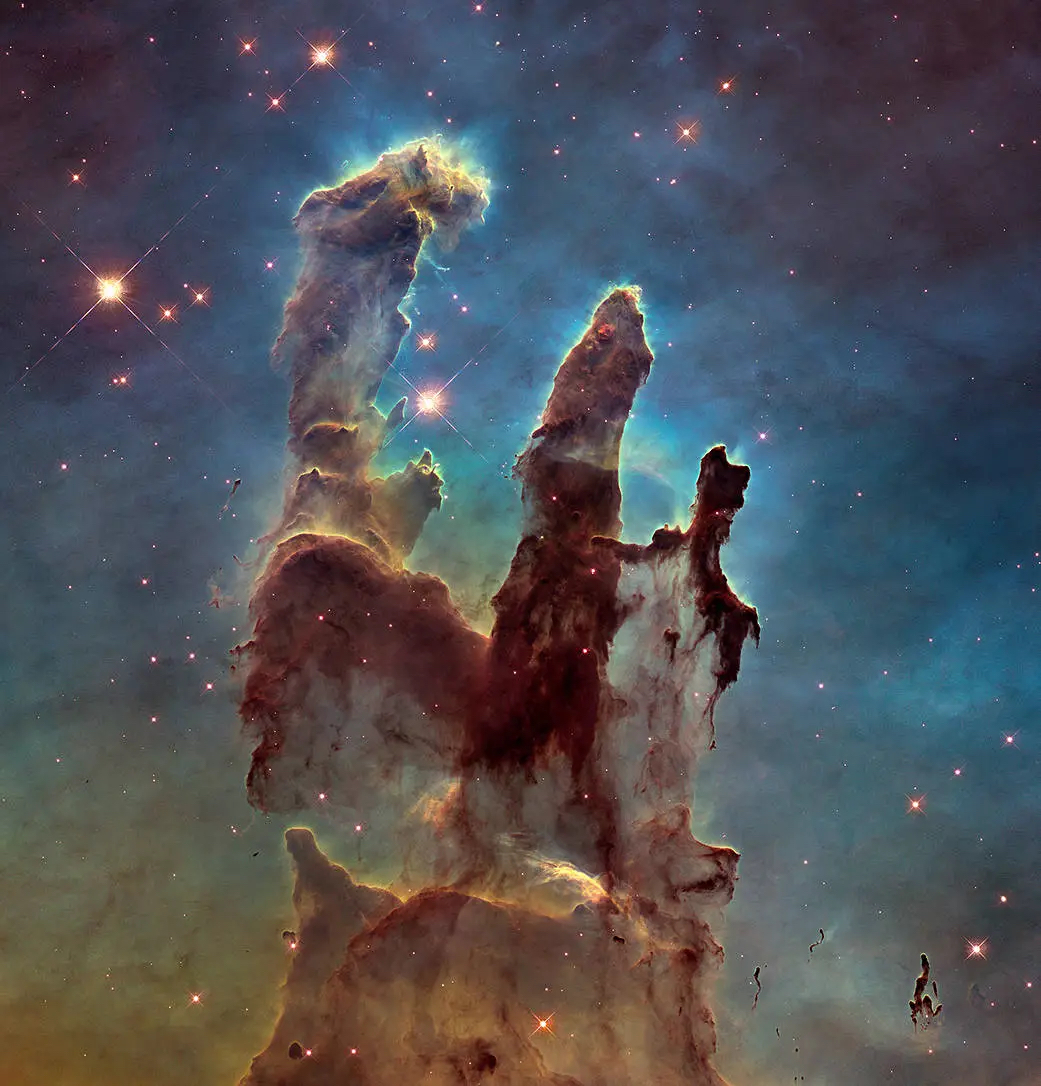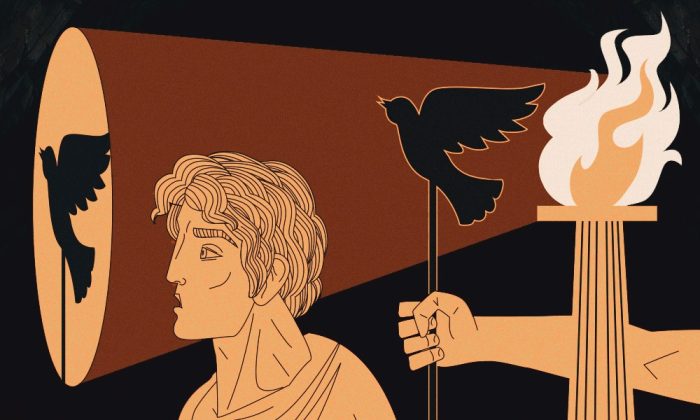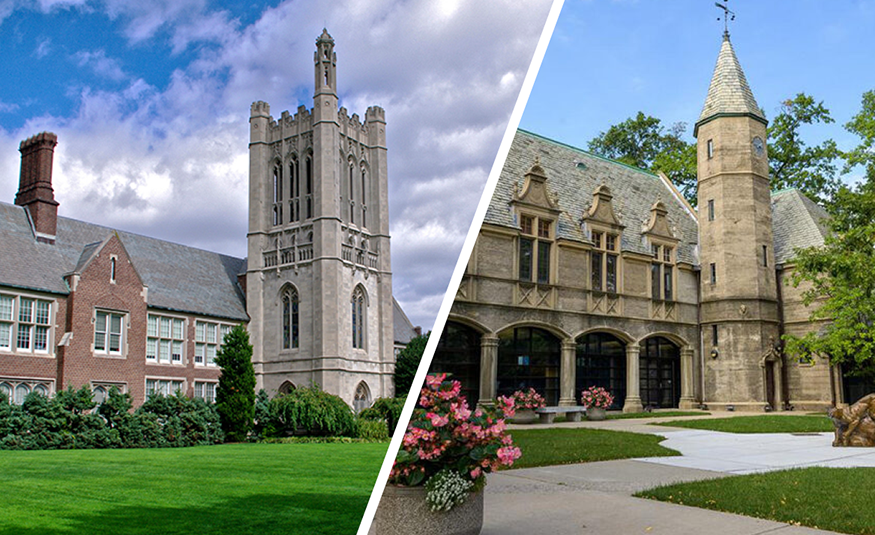By Atilla Azami —
Nearly 35,000 years ago, someone in Chauvet-Pont-d’Arc Cave painted, using organic pigment, a row of neatly juxtaposed horses, without the prescience of the impact it would have on the contemporary archaeological world as the oldest painting to be found to date. The need to project the world seen through our lenses is, perhaps, the most distinguishing trait that sets us apart from all other species of fauna.
Unlike the enigmatic Paleolithic artist, Felix Rodriguez, 22, a Media Arts major, currently resides in Jersey City while attending NJCU, uses a Canon EOS 60D, polycarbonate resin with glass fiber on aluminum chassis, articulate screen with a prime lens for his projections. The stark contrast between the artists is solely technological. Rodriguez’s ability to capture the essence of the particular subject of the shot is as organic as the ochre used in the caves of Chauvet.
Originally from the Bronx, Rodriguez’s work is immersed in the concrete jungle of an urban environment. When asked how settings as such have influenced his work, he responded, “I am fascinated with the diversity of cities – the amalgamation of races and cultures is brilliant and alive. Visually, it’s an extraordinarily rich, dense, textured space. We live in a modern industrial goldmine.”
He elaborated further, “Chuck Close has a quote that goes ‘inspiration is for amateurs; the rest of us just show up and get to work.’ I always liked the quote, because I never consciously said to myself ‘I dream of becoming a filmmaker.’ It just happened. Now I’m not trying to go all Tim Tebow on you or anything, but my relationship with Jesus has had an enormous impact on my work and my life, and it’s the reason why I do it.”
Rodriguez’s love for his fellow man is very much evident in his work, such as “Immigration Stories”, in which he examines the migration hub of Ellis Island to remind us the principles of tolerance that shaped this country, an outlook recently challenged by the current political climate. However, the values adopted by his chief ‘inspirational’ relationship of ‘love thy neighbor’ could be best summed up in his a day in the life film, “Red Light Larry”.
What are some of the things that set apart the urban from the boondocks? Some might say, the frequent sighting of hobos is as distinct of a trait to tell the two apart as stripes on a zebra compared to a horse.
“Red Light Larry” is a short film about a homeless man, Larry, who spends his days panhandling in the bustling intersection of Communipaw and Route 440. Rodriguez transforms Larry, from a tell-tale urban prop, to a surprisingly articulate, personable businessman, whose sole aim in the highway grind is to “MAKE MONEY.” Rodriguez joins the 61-year-old former bus driver as he solicits drivers halted by expected congestion of a busy intersection for loose change, sometimes, surprised with Washingtons. All of the interactions are interesting: as some shrug; some throw their hands up to plead indigence; others, know him by name; but, they all remember the joyful guffaw that he bellows with almost every financial or verbal transaction.
To decipher Larry’s unbridled rejoice, despite his seemingly downtrodden existence, one might examine the bit when Rodriguez says to him, “looks like you have a good time doing this, Larry.” To which Larry responds, “I have a ball. Because I’m relating to humanity. Humanity is to be related to, and to be loved, and to be adored.”
When asked to describe his work, if he was limited to one word, Rodriguez replied, “human.” When that Being decided to apply pigments against a cave wall to depict familiar beasts of his surroundings, it was because he was human. When asked what keeps Larry going with an ear-to-ear grin, the answer is human. Inevitably, when watching a film by Felix Rodriguez, the leitmotif—from caverns and horses to skyscrapers and light rails—continues to be just that: human.





